-
 bitcoin
bitcoin $114779.865156 USD
2.30% -
 ethereum
ethereum $4226.519789 USD
2.39% -
 tether
tether $1.000545 USD
0.04% -
 xrp
xrp $2.890223 USD
0.92% -
 bnb
bnb $1030.029301 USD
2.95% -
 solana
solana $212.824944 USD
1.69% -
 usd-coin
usd-coin $0.999757 USD
0.01% -
 dogecoin
dogecoin $0.234961 USD
-0.27% -
 tron
tron $0.337174 USD
0.42% -
 cardano
cardano $0.804783 USD
0.09% -
 hyperliquid
hyperliquid $45.748770 USD
-2.85% -
 chainlink
chainlink $21.699170 USD
0.82% -
 ethena-usde
ethena-usde $1.001452 USD
0.08% -
 avalanche
avalanche $30.237800 USD
1.14% -
 stellar
stellar $0.372604 USD
1.52%
How high is the risk of MACD secondary dead cross? How to judge whether there will be a continuous decline?
A MACD secondary dead cross signals potential bearish momentum in crypto markets, but its reliability varies with market volatility, volume, and time frame.
May 22, 2025 at 10:15 am
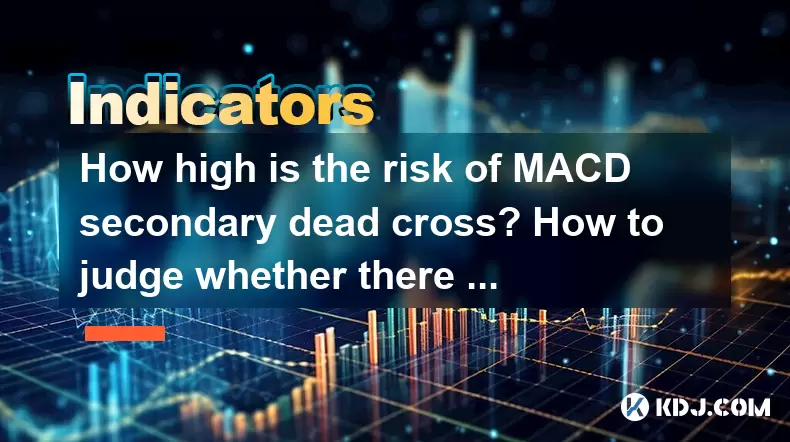
The Moving Average Convergence Divergence (MACD) is a popular technical indicator used by traders in the cryptocurrency market to identify potential trend reversals, momentum, and the strength of a trend. A secondary dead cross on the MACD can indicate a bearish signal, but the level of risk associated with this signal can vary based on several factors. In this article, we will delve into the risk associated with a MACD secondary dead cross and discuss how to judge whether there will be a continuous decline following such an event.
Understanding MACD and Secondary Dead Cross
The MACD is calculated by subtracting the 26-day Exponential Moving Average (EMA) from the 12-day EMA. The result is then plotted on a chart, along with a 9-day EMA of the MACD line, which is called the signal line. A dead cross occurs when the MACD line crosses below the signal line, indicating potential bearish momentum.
A secondary dead cross refers to a second occurrence of the MACD line crossing below the signal line within a relatively short period after the initial dead cross. This can be seen as a confirmation of bearish momentum, but it does not guarantee a continuous decline.
Risk Associated with MACD Secondary Dead Cross
The risk associated with a MACD secondary dead cross can be influenced by several factors:
- Market Volatility: High volatility in the cryptocurrency market can lead to false signals. A secondary dead cross in a highly volatile market may not be as reliable as one in a more stable market.
- Volume Confirmation: The risk decreases if the secondary dead cross is accompanied by high trading volume, as this can indicate strong bearish sentiment.
- Time Frame: The risk can vary depending on the time frame being analyzed. A secondary dead cross on a longer time frame (e.g., daily chart) may carry more weight than one on a shorter time frame (e.g., hourly chart).
- Other Indicators: The presence of other bearish signals from different indicators can increase the perceived risk of a secondary dead cross.
How to Judge Whether There Will Be a Continuous Decline
Judging whether a continuous decline will follow a MACD secondary dead cross involves analyzing multiple factors and indicators. Here are some steps to consider:
- Confirm with Volume: Look at the trading volume during and after the secondary dead cross. If the volume remains high or increases, it may indicate a stronger bearish trend.
- Check Other Indicators: Use other technical indicators, such as the Relative Strength Index (RSI) and the Moving Average (MA), to confirm the bearish signal. For instance, an RSI reading below 30 can indicate an oversold condition, which might suggest a potential reversal.
- Analyze Price Action: Examine the price action around the secondary dead cross. If the price continues to form lower lows and lower highs, it may suggest a continuous decline.
- Consider Market Sentiment: Assess the overall market sentiment through news, social media, and market analysis. Negative sentiment can reinforce the bearish signal from the MACD.
Using MACD Secondary Dead Cross in Trading Strategies
Traders can incorporate the MACD secondary dead cross into their trading strategies to manage risk and make informed decisions. Here are some ways to use this signal:
- Short Selling: If a secondary dead cross is confirmed by other indicators and high volume, a trader might consider short selling the cryptocurrency.
- Stop-Loss Orders: Place stop-loss orders to limit potential losses if the market moves against the bearish signal.
- Position Sizing: Adjust position sizes based on the perceived risk of the secondary dead cross. A higher risk might warrant smaller position sizes.
Practical Example of Identifying MACD Secondary Dead Cross
To illustrate how to identify a MACD secondary dead cross and judge the potential for a continuous decline, let's consider a hypothetical scenario with Bitcoin (BTC).
- Step 1: Open a charting platform that supports technical analysis, such as TradingView or MetaTrader.
- Step 2: Select Bitcoin (BTC) as the asset to analyze.
- Step 3: Apply the MACD indicator to the chart. Ensure the settings are set to the standard 12, 26, and 9 periods for the EMAs.
- Step 4: Look for the first dead cross, where the MACD line crosses below the signal line.
- Step 5: Monitor the chart for a secondary dead cross, where the MACD line crosses below the signal line again after a brief period.
- Step 6: Confirm the secondary dead cross with trading volume. If the volume is high during and after the cross, it may indicate stronger bearish momentum.
- Step 7: Check other indicators, such as the RSI and MA, to see if they also suggest a bearish trend.
- Step 8: Analyze the price action to see if it continues to form lower lows and lower highs, which could indicate a continuous decline.
- Step 9: Consider the overall market sentiment and any relevant news that might influence Bitcoin's price.
Frequently Asked Questions
Q1: Can a MACD secondary dead cross occur on any time frame?Yes, a MACD secondary dead cross can occur on any time frame, from minute charts to weekly charts. However, the significance and reliability of the signal can vary depending on the time frame. A secondary dead cross on a longer time frame, such as a daily chart, is generally considered more significant than one on a shorter time frame, like an hourly chart.
Q2: Is a MACD secondary dead cross always a reliable indicator of a continuous decline?No, a MACD secondary dead cross is not always a reliable indicator of a continuous decline. It should be used in conjunction with other technical indicators and market analysis to confirm the bearish signal. Factors such as market volatility, trading volume, and overall market sentiment can influence the reliability of the signal.
Q3: How can traders protect themselves from false signals generated by a MACD secondary dead cross?Traders can protect themselves from false signals by using multiple technical indicators to confirm the bearish signal, monitoring trading volume, and considering the overall market sentiment. Additionally, using stop-loss orders and adjusting position sizes based on the perceived risk can help manage potential losses.
Q4: Can a MACD secondary dead cross be used for long-term investment decisions?While a MACD secondary dead cross can be a useful tool for short-term trading, it is generally not recommended for long-term investment decisions. Long-term investors should consider broader market trends, fundamental analysis, and their investment goals when making decisions, rather than relying solely on technical indicators like the MACD secondary dead cross.
Disclaimer:info@kdj.com
The information provided is not trading advice. kdj.com does not assume any responsibility for any investments made based on the information provided in this article. Cryptocurrencies are highly volatile and it is highly recommended that you invest with caution after thorough research!
If you believe that the content used on this website infringes your copyright, please contact us immediately (info@kdj.com) and we will delete it promptly.
- Meme Coins, October 2025: Best Buys for the Savvy Crypto Investor
- 2025-09-30 12:25:14
- Bitcoin ETF Net Flows: Fueling Developers and Shaping Markets
- 2025-09-30 12:25:14
- Algorand (ALGO) and Proof-of-Stake: Is This the Sleeping Giant?
- 2025-09-30 12:30:01
- Rabby Wallet, Statistics, and 2025 Trends: What's the Buzz?
- 2025-09-30 12:30:01
- BullZilla: Meme Coin Primed for Market Takeover?
- 2025-09-30 12:30:01
- Falcon Finance (FF) Takes Flight: DeFi Evolution and What It Means for You
- 2025-09-30 12:30:14
Related knowledge
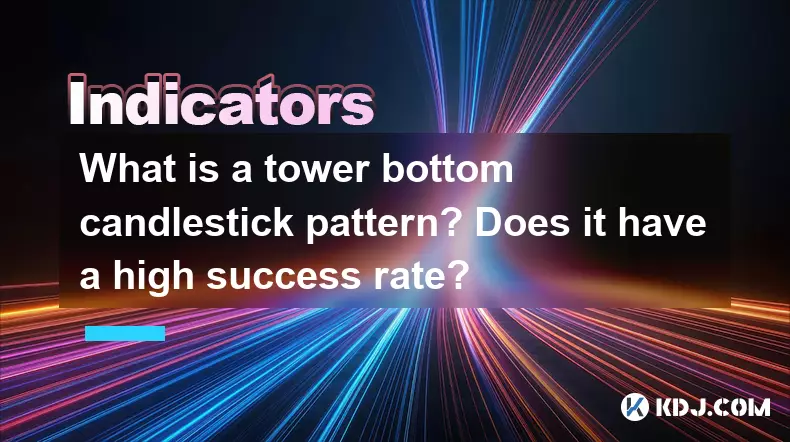
What is a tower bottom candlestick pattern? Does it have a high success rate?
Sep 22,2025 at 07:18am
Tower Bottom Candlestick Pattern Explained1. The tower bottom candlestick pattern is a reversal formation that typically appears at the end of a downt...
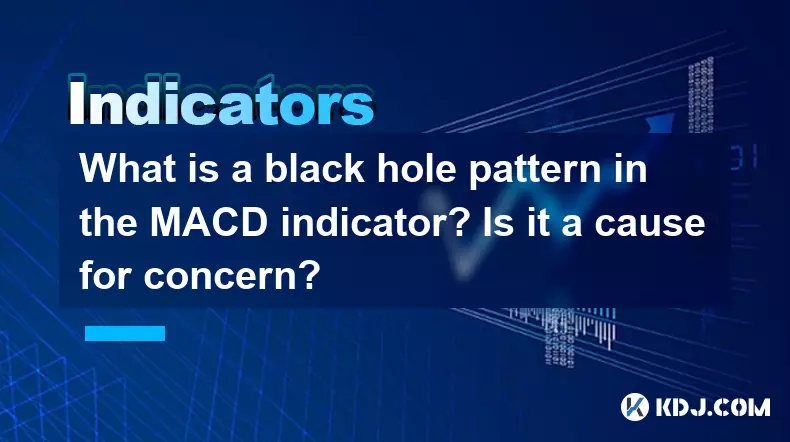
What is a black hole pattern in the MACD indicator? Is it a cause for concern?
Sep 21,2025 at 06:54pm
Bitcoin's Role in Decentralized Finance1. Bitcoin remains the cornerstone of decentralized finance, serving as a benchmark for value and security acro...

How can I use the psychological line (PSY) to determine market sentiment?
Sep 17,2025 at 02:19pm
Understanding the Psychological Line (PSY) in Cryptocurrency TradingThe Psychological Line, commonly referred to as PSY, is a momentum oscillator used...
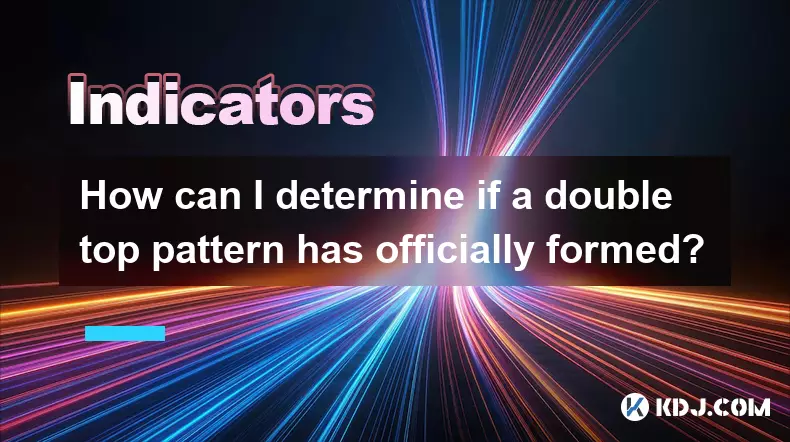
How can I determine if a double top pattern has officially formed?
Sep 21,2025 at 03:18am
Understanding the Structure of a Double Top Pattern1. A double top pattern consists of two distinct peaks that reach approximately the same price leve...
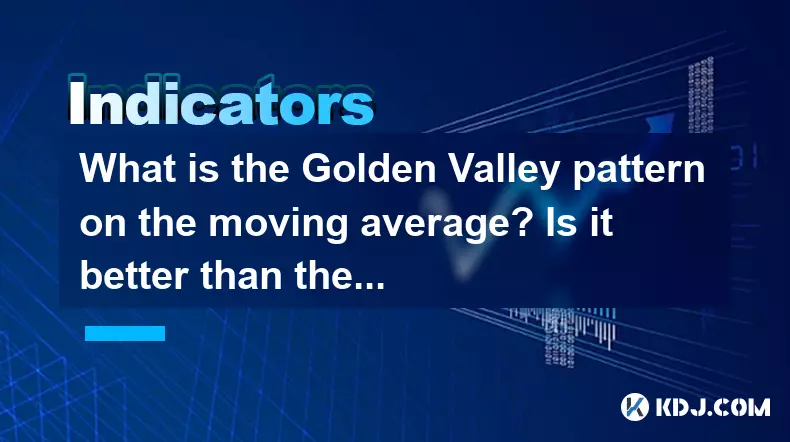
What is the Golden Valley pattern on the moving average? Is it better than the Silver Valley pattern?
Sep 21,2025 at 02:54pm
Understanding the Golden Valley Pattern in Moving Averages1. The Golden Valley pattern is a technical formation observed in cryptocurrency price chart...

What does a death cross of the RSI in the strong zone (above 50) mean?
Sep 17,2025 at 10:54pm
Understanding the Death Cross in RSI Context1. The term 'death cross' is traditionally associated with moving averages, where a short-term average cro...

What is a tower bottom candlestick pattern? Does it have a high success rate?
Sep 22,2025 at 07:18am
Tower Bottom Candlestick Pattern Explained1. The tower bottom candlestick pattern is a reversal formation that typically appears at the end of a downt...

What is a black hole pattern in the MACD indicator? Is it a cause for concern?
Sep 21,2025 at 06:54pm
Bitcoin's Role in Decentralized Finance1. Bitcoin remains the cornerstone of decentralized finance, serving as a benchmark for value and security acro...

How can I use the psychological line (PSY) to determine market sentiment?
Sep 17,2025 at 02:19pm
Understanding the Psychological Line (PSY) in Cryptocurrency TradingThe Psychological Line, commonly referred to as PSY, is a momentum oscillator used...

How can I determine if a double top pattern has officially formed?
Sep 21,2025 at 03:18am
Understanding the Structure of a Double Top Pattern1. A double top pattern consists of two distinct peaks that reach approximately the same price leve...

What is the Golden Valley pattern on the moving average? Is it better than the Silver Valley pattern?
Sep 21,2025 at 02:54pm
Understanding the Golden Valley Pattern in Moving Averages1. The Golden Valley pattern is a technical formation observed in cryptocurrency price chart...

What does a death cross of the RSI in the strong zone (above 50) mean?
Sep 17,2025 at 10:54pm
Understanding the Death Cross in RSI Context1. The term 'death cross' is traditionally associated with moving averages, where a short-term average cro...
See all articles










































































